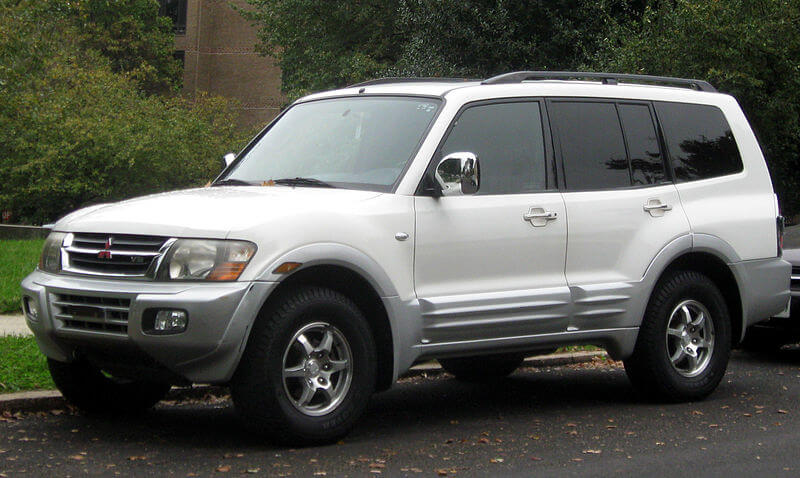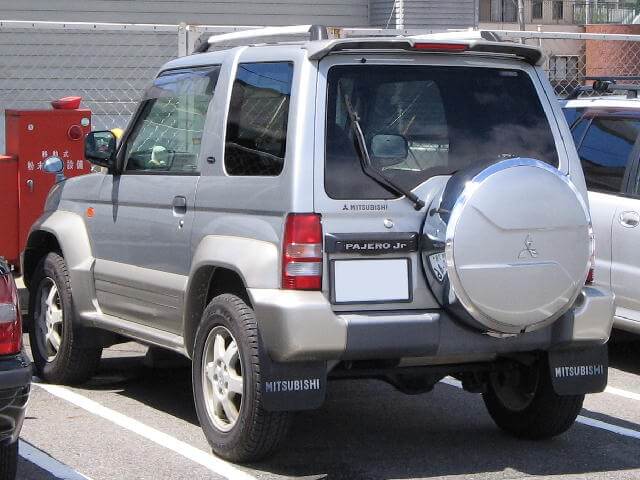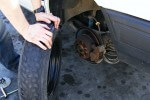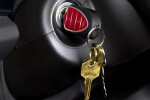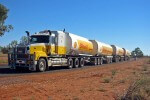Buying & Importing Cars · Customized & Improvised · The African Autos · The Best...
Mitsubishi Pajero vs. Mitsubishi Pajero Junior
One is big the other one is small, but they are both Mitsubishi Pajero. The Junior, as the name suggests, is a small size mini SUV that was manufactured to meet the SUV needs of the slightly lower end markets. However, that it is smaller and lowly priced does not mean that it is of cheap quality. You can find a good secondhand Pajero on BEFOWARD that will give you more than enough value for your money.
The Junior was produced between 1995 and 1998. It was supposed to be a better version of the Pajero Mini and it was indeed. The main difference was that it was bigger, had wider tires and fender trims. Although the Junior is a baby when compared to the bigger Pajero, this car is decent by all means. First, it is a mini-SUV meaning that it has amazing off-road capabilities. Its ground clearance is big enough… well, for different kinds of terrains. Except for the prestige and the space that comes with a big body, you will not miss much of the bigger Pajero when you drive the Junior.
How do the two compare?
Mitsubishi Pajero Junior. has so much in common with its larger brother. However, there are a few variances. The Junior is a 5-seater whereas the Mitsubishi Pajero is a 7- seater with more five doors. Then there are the other obvious differences like torque where the Mitsubishi Pajero Sport edition gives 400Nm@2000-2500rpm of torque. Since the Pajero is bigger and heavier, it is more stable and many people say it can do a comfortable 140km/h without losing control. This car handles like a mistress, very powerful and so much in control.
Both vehicles have amenities like air-conditioning, anti-lock brakes, electric windows for the front, electric front mirrors and even keyless entry. The bigger Pajero has passenger airbags, and so does the 2000 Pajero Junior. Other features include cup holders, split rear seats which can fold completely to allow for more storage space.
Engine performance and Transmission
Mitsubishi Pajero does not disappoint on the road. It accelerates amazingly with top class low-end torque, thanks to the 4-cylinder injection turbo-charged diesel engine, which releases 118.5bhp power at an unmatched rate of 4000 rmp. On the other hand, the Pajero mini-SUV, has four cylinders and engine power of 80/6500 hp and engine torque of 98/4000.
Mitsubishi Pajero has a 2.8L and an 8-valve engine. The engine is coupled with a 5-speed manual transmission. For those who love speed, this large SUV can go all the way up to 150km/h, with an efficient mileage of 11.5 kmpl in the city streets and 13.5kmpl on the highways nd can do a top speed of 190km/h. The junior Pajero is not slow either since its maximum speed is 135km/h.
Exterior features
The two models have the same exterior look, although the dimensions of their bodies vary. They display a sturdy construction which helps in maintaining the car’s balance even when one is driving off-road. Its 4WD mechanism makes the two SUVs best for maneuvering even on the impassable roads. The cars are suited for both the city and for rugged landscapes in the countryside. However, the Mitsubishi Pajero and its junior counterpart generally lack in the looks but this is compensated by their unparalleled durability.
Interior
Easy-to-use dashboard features, cruise control system, GPS navigation and an air conditioning system. Safety features such as seatbelts, airbags and side curtain protective bags, are also present.
The Mitsubishi Pajero and Mitsubishi Pajero Jnr have many features in common. If you want to own a prestigious car with a great body and aggression on the road, the Mitsubishi Pajero Junior is a great option for you.

